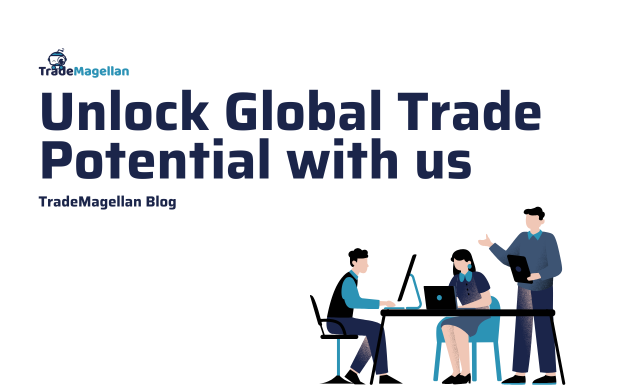Where to Find New Suppliers: A Practical Guide for Global Sourcing
1630525-Apr-2025
When you're looking to source new products beyond your current suppliers' capabilities, where do you start?
Here’s a step-by-step approach recommended:
1. Tap into Your Network
Start by asking your professional network for recommendations. Trusted referrals often lead to reliable suppliers.
- Reach out to existing suppliers: They might know reputable manufacturers or companies that can meet your needs.
- Engage with industry peers: Colleagues and business contacts can provide valuable insights and introductions.
2. Utilize Online Platforms
The internet offers numerous platforms to connect with suppliers:
- Alibaba: A leading global B2B marketplace connecting buyers with suppliers worldwide.
- MFG.com: Ideal for sourcing custom-manufactured parts and connecting with contract manufacturers.
- ThomasNet: A comprehensive directory for industrial products and services in North America.
- DHgate: A Chinese e-commerce platform facilitating B2B transactions between global buyers and Chinese suppliers.
- IndiaMART: A prominent B2B marketplace in India connecting buyers with suppliers across various industries.
- TradeMagellan: Provides import/export intelligence at the company level to help identify potential suppliers and buyers.
3. Attend Trade Shows and Expos
Participating in industry-specific trade shows and expos is an excellent way to meet potential suppliers face-to-face:
- Global Sources Trade Shows: Held in Hong Kong, these shows feature verified suppliers from Asia.
- Canton Fair: China's largest trade fair, offering a vast range of products and suppliers.
- Specialized Industry Events: Look for events tailored to your specific industry for targeted sourcing opportunities.
4. Leverage Government and Industry Databases
Many governments and industry associations provide databases of registered manufacturers and suppliers.
Here’re some example:
- United States – U.S. International Trade Administration (ITA)
- China – Customs & Ministry of Commerce
- European Union – EORI & VAT Registries
- India – DGFT (Directorate General of Foreign Trade)
5. Conduct Thorough Due Diligence
Once you've identified potential suppliers:
- Verify credentials: Check certifications, business licenses, and financial stability.
- Request samples: Assess product quality before committing to large orders.
- Visit facilities: If possible, visit manufacturing sites to ensure they meet your standards.
💡 Pro Tip: When traveling abroad, take the opportunity to ask local businesses and contacts about reputable suppliers. Often, on-the-ground insights can lead to valuable connections.
Need Assistance?
If you're looking for top suppliers in your industry or need help navigating international trade data, feel free to try trademagellan or reach out to us.
Let's connect and explore how we can enhance your global sourcing strategy.
#GlobalSourcing #SupplierDiscovery #InternationalTrade #B2BNetworking #TradeMagellan #MFGcom #Alibaba #DHgate #IndiaMART #TradeShows #BusinessGrowth


